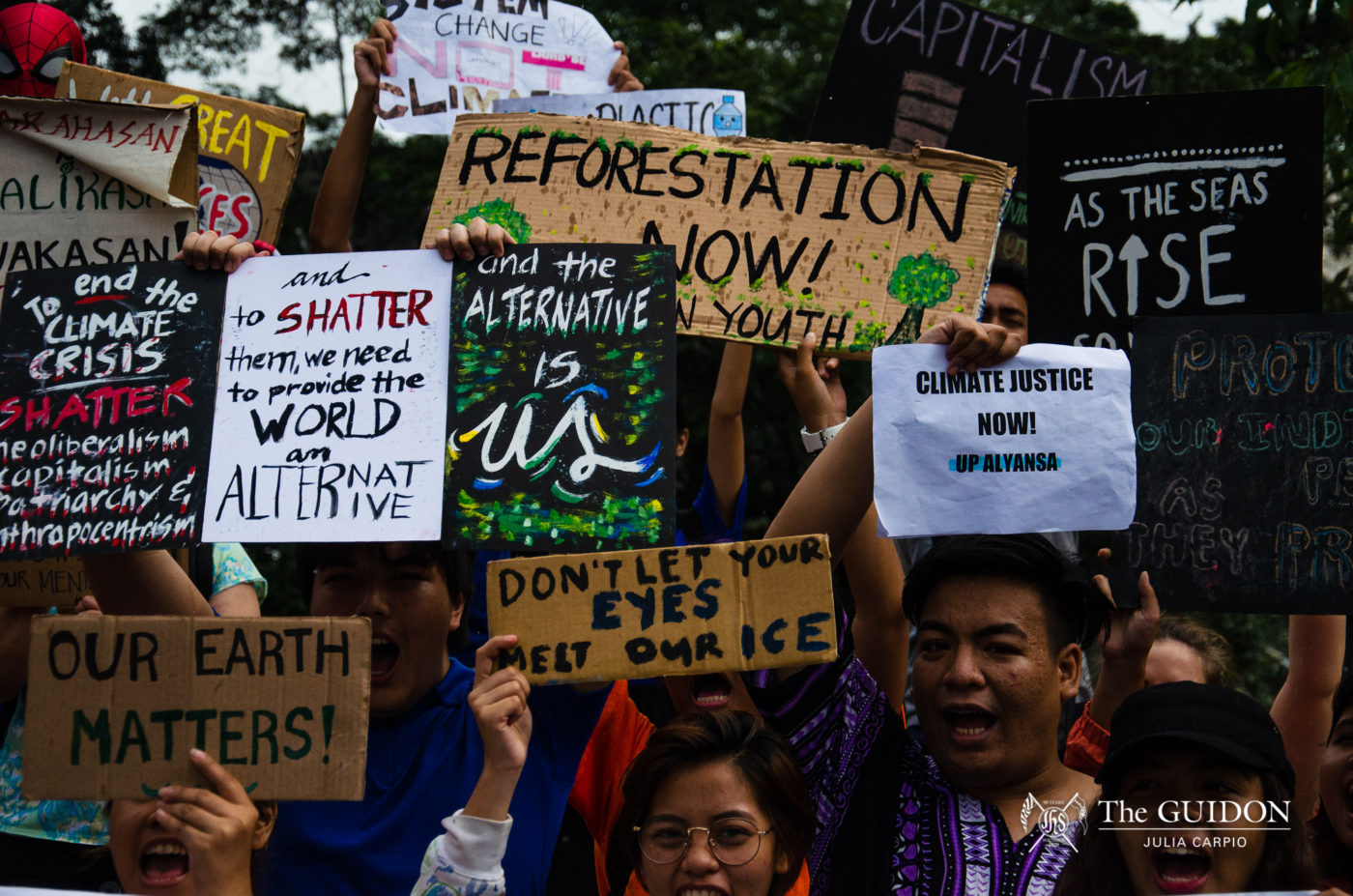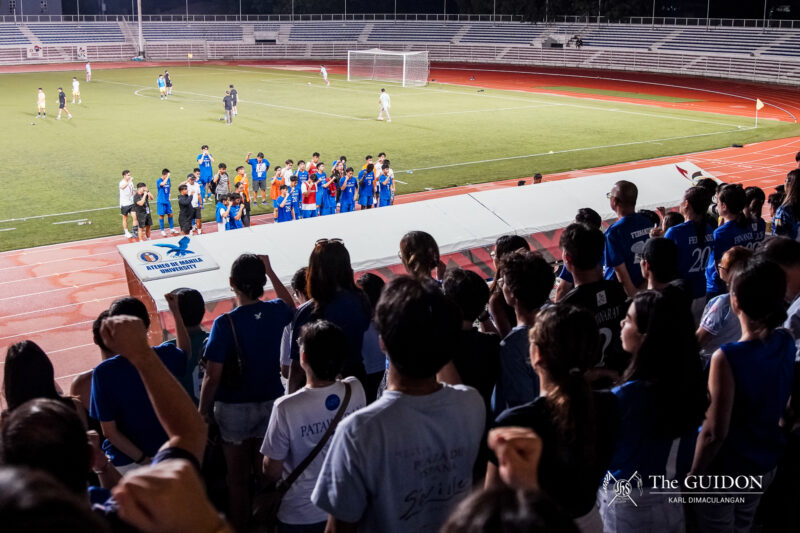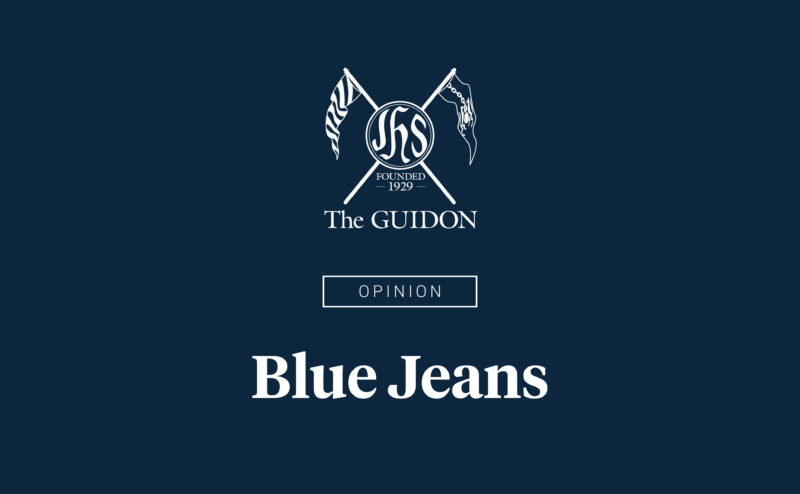FOR 30 years, the Australian-Canadian mining firm OceanaGold Corporation has maintained an unwavering presence in the mineral-rich province of Nueva Vizcaya. In 2006, OceanaGold acquired Didipio Gold-Copper Mine in Barangay Didipio, Kasibu, Nueva Vizcaya, through a merger with Australian mining firm Climax-Arimco Mining Corporation. It currently operates in the mine through through its OceanaGold Philippines Incorporated (OGPI) subsidiary. Last June 20, the company’s Financial or Technical Assistance Agreement (FTAA) finally expired.
In an unexpected move, OceanaGold boldly continued to conduct mining operations despite its expired license. Subsequently, this sparked discontent, leading to physical intervention through manned checkpoints and people’s barricades from anti-mining groups and local government councils. With a track record marred by environmental hazards, unkept promises, and human rights abuses, OceanaGold faces protests and suspension orders from activists and local government units that are pushing to prevent the company’s FTAA renewal for good.
Dogged determination
The FTAA is a grant between the Philippine government and the mining company that allows the firm to “explore, extract, and utilize minerals for development and commerce for a 25-year period.” In anticipation of its license’s expiration, OceanaGold filed for a FTAA renewal in March 2018. The motion for renewal reached the Department of Environment and Natural Resources, who then forwarded it to the Office of the President. However, due to a lack of Free, Prior, Informed Consent (FPIC) from the indigenous peoples (IP) from Nueva Vizcaya, the request was not approved.
In an interview with The GUIDON, Center for Environmental Concerns (CEC) Research and Advocacy Coordinator Lia Alonzo mentioned that Didipio’s barangay council deemed the license renewal to be illegal. This prompted the Sangguniang Barangay to release Resolution No. 59 on June 21—with the provincial government quickly following suit on June 25—to restrict OceanaGold’s operations.
However, even as resident volunteers teamed up with local state security agents to prevent OGPI trucks from leaving the 975-hectare mining site, Samahang pang Karapatan ng Katutubong Magsasaka at Manggagawa Incorporated (SAPAKKMI) Leader Julie Simongco, along with other members of the team, recalled the sound of helicopters going to and from the area. “[We] fear the company may be smuggling out produce,” she said.
Kalikasan People’s Network for the Environment (Kalikasan-PNE) national coordinator Leon Dulce, together with other groups, threatened to sue the company to rehabilitate the areas that are being affected by mining. “There [is] plenty of…evidence that OceanaGold violated various environmental, socioeconomic, and human-rights regulations, which should warrant the mine’s stoppage,” Dulce stressed.
Determined to legitimize their continuing operations, OceanaGold General Manager David Way sent a letter addressed to the Didipio barangay council. It cited a Mines and Geosciences letter which stated that “existing licenses ‘shall not expire’ until the application for renewal has been finally determined.”
Upon reviewing the controversy surrounding OceanaGold, Alonzo argued that the Mining Act of 1995 allegedly lacks provisions regarding the renewal process. “[OceanaGold] illegally operated since the renewal process [of the license] is still ongoing. [It] should have accomplished all requirements before applying for a renewal,” she retorted. “In addition, it has not complied with the agreements statement in the environmental compliance certificate which should have been sufficient basis for the non-renewal of their FTAA.”
Risking leaf and limb
Despite the criticism against them, OceanaGold has not been hesitant to call itself a champion of sustainable operations. “Responsible mining is fundamental to the way we do business…This is true for all our operations… [including] Nueva Vizcaya in the Philippines,” OceanaGold CEO Mick Wilkes remarked in August this year, referencing the company’s comprehensive sustainability report in 2018. Several parties, including researchers and environmental groups, have argued that there is a disjunct between OceanaGold’s perception of itself and reality.
OceanaGold’s presence in Didipio is not just another narrative of environmental degradation. It is also a story of displaced IP families, substandard wages, and violence. Still, OceanaGold claims to be a partner in community-building.
In spite of that claim, “187 houses were demolished and 133 families were evacuated since 2006 because of the presence of armed forces,” Alonzo narrated. She added that IPs, particularly the Tuwali and Bungkalots, have also been caught in the middle, as their ancestral lands have fallen into OceanaGold’s purview.
On OceanaGold’s alleged offenses, Alonzo took the liberty of corroborating a distinct few. She noted the change in topography and land use due to the land’s conversion into a mine and a materials byproducts depository. These developments have caused the community to be wary of potential landslides or spillage of byproduct materials. “The environmental destruction and social problems that OceanaGold has caused is enough basis to stop [their] operations,” she argued.
The situation is not better off on the livelihood front. Despite Nueva Vizcaya being a significant contributor in the agricultural sector, Kalikasan-PNE pointed out in a report that local farmers lamented the agricultural activity, which has actually stunted by 30%. Apart from this, local workers in the operation also complained about insufficient compensation.
In the same Kalikasan-PNE report, a 2011 Commision on Human Rights probe found that 100 members of the Philippine National Police used truncheons, shields, and tear gas to neutralize residents who protested against the demolition of their homes. The same year saw the security forces’ establishment of a compound, allowing for 100 military men and 150 security guards to either fire teargas on or breach the village. Mining crews moved in to aid in the demolition.
OceanaGold’s foremost argument for its renewal and continuing operations is the premise that they are not causing massive harm to the environment. However, the evidence to disprove this claim is compelling—and to some, outright incriminating. Researchers from Canada, the United States, and the Philippines published a comprehensive report on OceanaGold back in 2018. The document cited 10 areas of violation—from water-source contamination to human rights abuses—and nine legislations that have also been breached by the company.
A matter of time
The company has maintained that it has authorization from the [MGB] to continue operations. Truck movements have been perfunctorily stopped to prevent further blowback, but the mining firm continues to operate despite public outcry and bypassed laws. As such, LGUs and environmental groups such as SAPAKKMI have maintained a steady opposition to further limit the company’s operations.
However, while the national government remains silent on the issue, the junking of OceanaGold’s FTAA renewal is far from fruition. While the Office of the President has the final say on whether or not to renew OceanaGold’s license for another 25 years, Dulce has stated that the Duterte administration’s decision will serve as an “acid test” of its stance on mining.
Nevertheless, only time will tell if the next 25 years in Didipio will be marked with the locale’s gradual restoration or further destruction.
What do you think about this story? Send your comments and suggestions here: tgdn.co/2ZqqodZ




